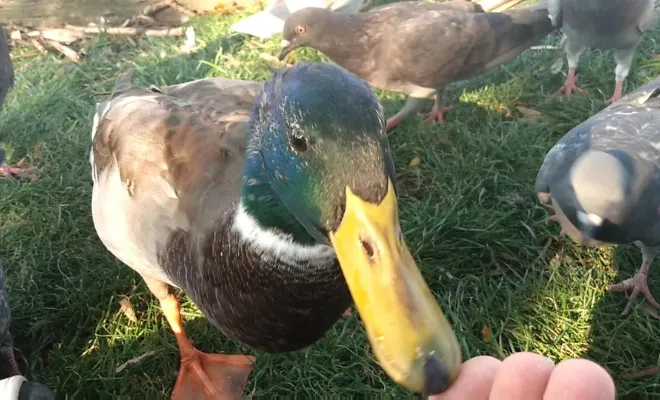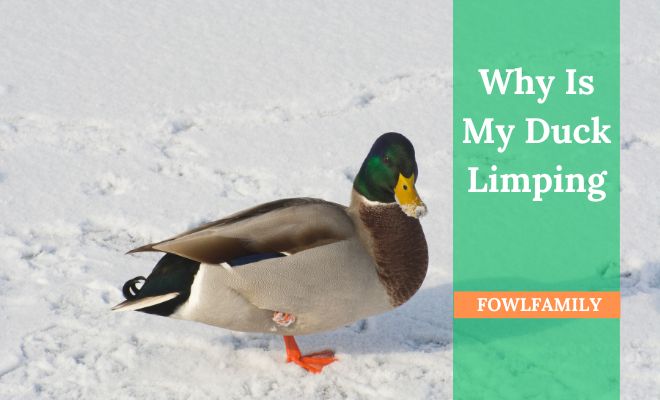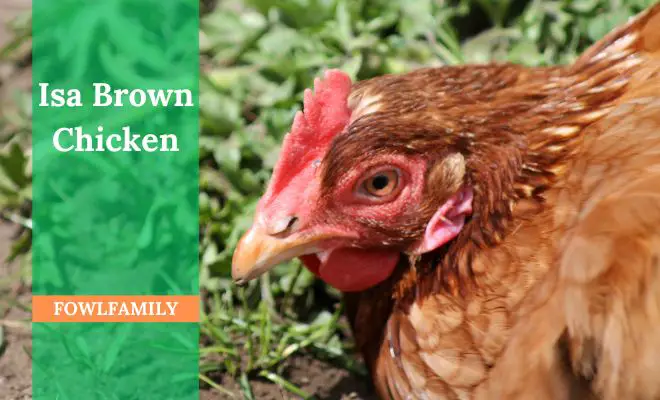Ancona Duck Breed: The Multi-Colored Egg Layers

The Ancona duck breed is outstanding in terms of appearance. I’d say it’s ideal for dwellers like us who want to raise backyard ducks. They have fabulous black and white polka-dotted feathers, excellent egg-laying skills, and a chill personality!
Did you know Anconas are proven American duck breeds? They were called a British duck breed until research and observation proved it wrong and recognized it as an American breed.
Allow me to tell you more details about these neat ducks. These will include all other surprising detail, business value analysis, and their suitability as well. I hope you won’t mind reading a little bit of long article!
Table of Contents
Ancona Duck Breed in A Nutshell

Here’s what I have included: a short summary of the entire study. If you don’t have enough time, have a look at the table to know almost everything about the Ancona Ducks.
| Aspects | Information |
|---|---|
| Breed Name | Ancona Ducks |
| Scientific Name | Anas platyrhynchos domesticus |
| Origin | United States of America |
| Purpose | Egg Production |
| Varieties | Black and White Spotted mainly |
| Weight | 6-6.5 pounds |
| Size | Medium |
| Preferred Climate | Warm |
| Temperament | Active, Sociable, Hardy |
| Flying Ability | Capable of Short Flights |
| Lifespan | Up to 10 years |
History and Origins: Anconas aren’t British; They’re Americans!
Initially, Ancona ducks were thought to originate from Britain. However, extensive research revealed they were developed in the United States sometime around 1910.
The first definitive mention of the new breed was in the 1913 Water Fowl Club of America Yearbook. W. J. Wirt of Ridge View Farms in New York announced he had developed the “Ancona” duck.
He likely bred several standard duck breeds together to create the spotted pattern. Nowadays, this has become the hallmark of the Ancona!
Just a few years later, in 1915, Anconas were entered into poultry shows in Boston by Willdum Duckery of Massachusetts. Their wins were noted in poultry magazines at the time, proving the quick spread in popularity of this new breed.
Based on the evidence, experts today confidently believe Anconas to be an American duck breed developed in the early 20th century.
Size and Appearance of Ancona Ducks
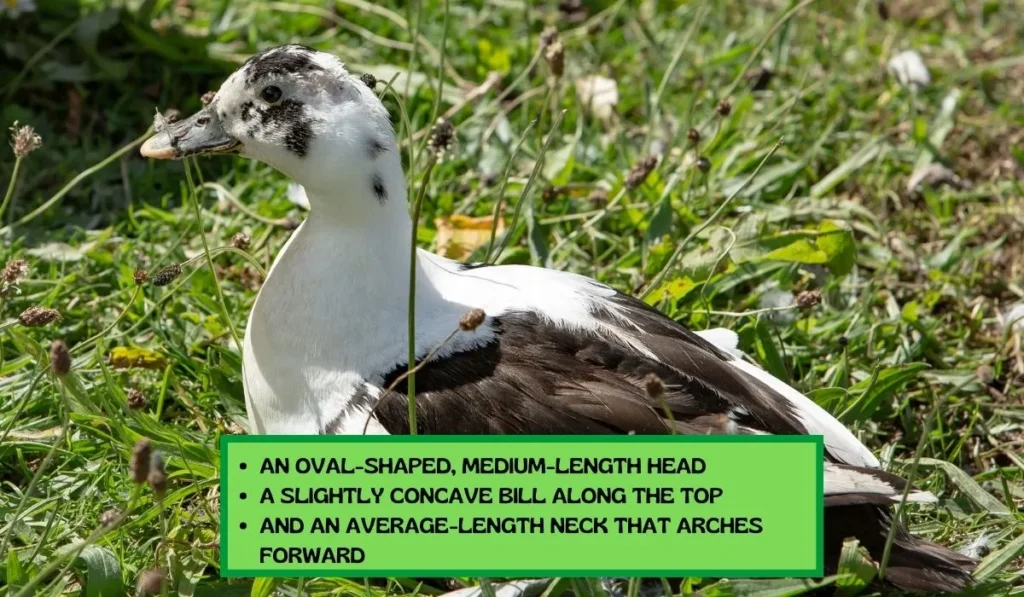
The Ancona is classified as a medium-weight duck breed. They averagely weigh 6-6.5 lbs, making them slightly larger than their cousin, the Magpie duck.
However, Anconas have:
- An oval-shaped, medium-length head
- A slightly concave bill along the top
- And an average-length neck that arches forward
Their body carriage stands at a 20-30 degree angle above horizontal.
The uniquely spotted black and white plumage sets Anconas apart from other duck breeds. Each duck will have a different exact pattern. The only place you will find solid is white feathers on the neck.
Their bill is yellow with black or dark green spotting, and the legs and feet are orange with black or brown markings. The darker leg markings tend to increase with age.
So far, we have discovered a variety of plumage colors, including –
- Black and White
- Blue and White
- Chocolate and White
- Silver and White
- Lavender and White
- Tricolor
A Point to be Noted
The chocolate coloration is sex-linked and recessive. If a chocolate drake and black duck mate, all female offspring will be chocolate, and males will be black.
The opposite pairing will do the reverse. Black drake and chocolate duck produce all black ducklings, with only males carrying the chocolate gene!
This video might help you to know more about Ancona ducks:
Personality and Temperament
Here we go! I’ve said earlier that Ancona ducks make great backyard ducks. It is because of their calm and friendly personalities. In contrast, they’re active foragers and do not tend to be flighty.
Anconas will follow their keepers around, looking for treats and attention. They are typically non-aggressive and can be kept with other duck breeds peacefully. The hens tend to be quiet, only occasionally making typical duck noises.
So, no tension if you want the quietest duck to raise!
Are Ancona Ducks Rare?
Ancona ducks are a scarce find. Their numbers are few and far between. In the year 2000, only 125 of these unique ducks existed for breeding in the United States. Spotting an Ancona duck is a rare sight, as they do not commonly occupy farms or backyards.
The American Livestock Breeds Conservancy has deemed them “critically endangered,” as their dwindling population risks extinction. Yes, the regal yet humble Ancona duck is an uncommon gem amongst its kind. Its rarity adds to its charm.
Ancona Ducks And Their Egg Production are Underrated!
Ancona ducks are unpopular in America. But without a doubt, egg production is where Ancona ducks really glow! They are excellent layers known for high rates of large, colorful eggs. Their egg colors include white, blue, and cream! So, yeah, if you ask me, Ancona ducks lay multiple color of eggs? It’s an absolute yes!
You can expect 200 – 280 eggs annually from a single Ancona hen. As long as you provide a proper diet and living conditions, they will produce reliably. Their peak laying season is typically early spring through summer.
The eggs are large, averaging 2.5-3 oz. The shells are thick, minimizing cracking and breakage. Ancona eggs are perfect for the table, with large yolks suitable for baking.
During their peak, they are completely worth their business value. So, Anconas are a fantastic addition to any backyard homestead looking for a steady supply of duck eggs.
Ancona Ducks’ Meat Production isn’t Up to the Mark
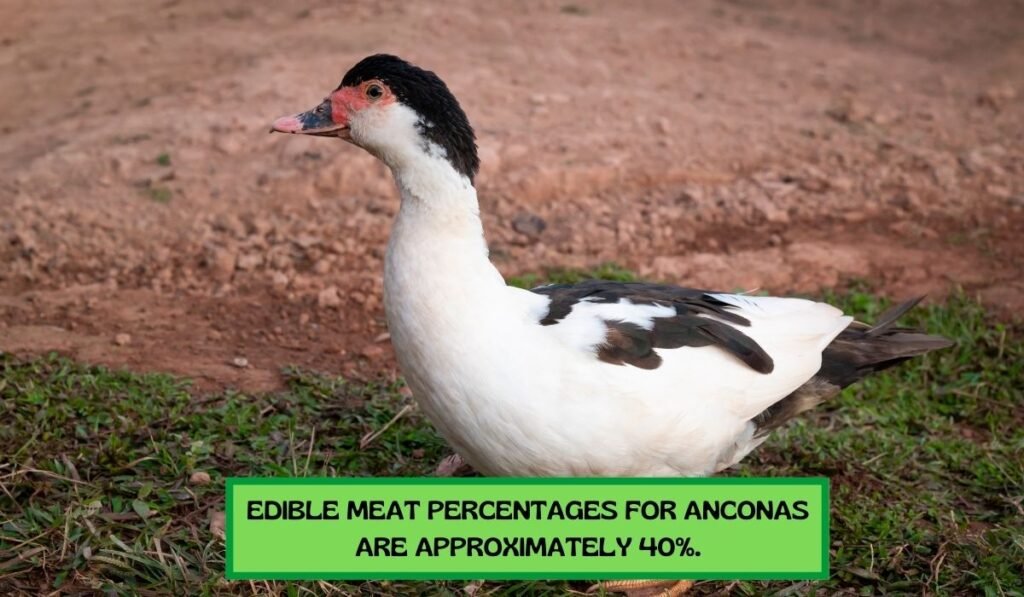
Honestly speaking, many might say Anconas’ are as good as laying eggs when it comes to meat production. But I’m afraid I have to disagree. Their medium size limits the quantity of meat that can be harvested.
Edible meat percentages for Anconas are approximately 40%. So, on a 6.5 lb duck, you can expect around 2.6 lbs of total meat. The meat is flavorful and tender, but its limited size prevents this breed from meeting a family’s entire meat needs.
But hey, try them as an alternative poultry choice a few times per year. Their lean meat makes a nice roasted duck dinner for special occasions.
Are Ancona Ducks Friendly? Are They Suitable for Backyard Raising?
Absolutely yes! Regarding small-scale homesteads and backyard duck keepers, you’ll need help finding a breed better suited than the Ancona.
A Few Key Points
A few key advantages make them an ideal backyard duck:
- Compact size: Not require too much space (4 square feet) and feed. Ancona ducks will thrive with the typical space allotted for urban and suburban homesteads.
- Cold hardy: Developed in the northeast United States, Anconas tolerate cold winters (20 degrees Fahrenheit at lowest) well. Provide an insulated shelter, and they will continue lying through cold months.
- Low maintenance: Anconas are not high-strung or prone to health issues. They make keeping ducks easy for beginners.
- Excellent layers: With 200-300 eggs from a single duck annually, homeowners will have plenty of eggs for personal use with a surplus to share or sell.
- Friendly temperament: Anconas bond well with their caretakers, a plus for families with kids. They don’t tend to fly away or avoid human interaction.
What should I Feed Them?
Giving your ducks the right food is super important to keep them healthy and laying eggs. I’d get a high-protein feed made specifically for laying ducks – aim for 15 – 20% protein. Let them eat as much as they want.
Mix in some cracked corn, barley, oats, and other grains as treats. Add grit so they can digest plant stuff better. Oyster shells give calcium to strong egg shells, too.
And, of course, give them fresh, clean water 24/7. Change it daily so algae doesn’t grow and make the water gross.
Letting your ducks graze on grass or swim in a pond is great, too. They’ll find seeds, plants, bugs, and stuff to round out their diet. You can give them veggie scraps also for a little extra.
Good food and room will keep your ducks happy and in a steady health condition. Watch your ducks – if they gain or lose weight, adjust the food you feed them. Happy, active ducks make the best eggs!
Housing and Space Requirements
One of the reasons Ancona ducks thrive on small farms is they do not have extensive space requirements.
Their enclosed shelter should allow roughly 2-4 square feet per duck and ducklings. It should be draft-free, insulated, and waterproof. Keep the shelter dry, as wet bedding can lead to frostbite on ducks’ feet in winter.
Attached to the shelter, provide an outdoor run or yard area. Ten square feet per duck is sufficient, but more space is always better. The run should have a dry area as well as access to a pond or water tub for swimming. Shade and areas for foraging are beneficial as well.
While ducks can be kept solely in a run, access to grass, vineyards, orchards, or pens allows natural behaviors. Supplement their feed to balance what they forage on their own. Free-ranging is an option but increases the risk of predation. Supervise and enclose them at night for safety.
Recommended Readings:
The Curious Case of Magpie And Ancona Ducks
Well, people often get confused with the Ancona ducks and the Magpie ducks. It is because they have a little bit of similarity in appearance.
What are the Differences Between Magpie And Ancona Ducks?
There are plenty of differences between the duck breeds. Let’s consider the following parameters in comparison:
- Appearance
- Origin
- temperament
- Egg Production
Ok. No further due. Let’s start
Appearance
- Magpies have black and white plumage with iridescent green/purple feathers. Anconas have black and white spotted feathers without iridescence.
- Magpies have a yellow bill, while Anconas have a blackish bill with a yellowish band.
- Magpies have orange feet and legs; Anconas have yellow feet and legs.
Origins
- Magpies were developed in the UK, originally bred from the common mallard.
- Anconas were developed in Italy and may have some Runner duck genetics.
Temperament
- Magpies are active foragers but wary of humans. Anconas are calm and tolerant of handling.
- Magpies are excellent flyers, while Anconas are reluctant to fly.
Egg Production
- Magpies lay a large number of white eggs, around 280 per year.
- Anconas lay a moderate number of white to tinted eggs, around 200 per year.
In summary, the most noticeable differences are in their appearance, origins, flight ability, and egg production. Magpies are more exotic looking and active, while Anconas have a more classic duck appearance and placid nature.
The Business Case for Backyard Ancona Ducks

When evaluating the costs of raising Ancona ducks, their high egg production tips the scales toward profitability. I guess you already know where the business lies in Ancona Raising. It’s the eggs. Now, take a look at their egg production value:
- Ancona ducks average 200-300 eggs per year
- With just 2-3 ducks, a homeowner can produce 600+ eggs annually
- Organic, free-range duck eggs retail for $3-5 per dozen
- With the production of 50 dozen eggs, the value is $150-$250 from a small backyard flock
Duck eggs are increasingly popular due to their larger yolks that make delicious baked goods. Specialty stores and farmers’ markets provide retail opportunities for excess backyard duck eggs.
Foxonline posted news that the price hike of duck eggs in Michigan grocery stores surprised the buyers! Even in January 2022, the price was around $2 per dozen. Now, in November 2023, it’s around $5! U.S. Bureau of Labor Statistics verified the egg price jump, especially from March 2023.
Moreover, Ancona ducks are fairly low maintenance and hardy, so medical costs are typically minimal. Their medium size allows them to be kept comfortably in a small suburban backyard.
A Potential Cost Comparison
For ducks, in general, the yearly cost is approximately $150. Suppose it’s sick; the cost is around $200. A flock of just 2-3 ducks can pay for themselves in the first year through home egg production.
Alright, say you get 3 Ancona ducks for your backyard. If you treat those ducks right, you can get around 200 eggs from each one – so 600 eggs total!
You could keep 100 of those eggs for your family to eat. Then, sell the other 500 eggs to neighbors or at the farmer’s market. At $4 a dozen, you could make $200 cash by selling those extra eggs.
Even without selling the eggs, a family can save on grocery egg expenditures.
Related Readings:
Wrapping Up
So, all in all, Ancona ducks are just about the perfect backyard duck breed. They’re friendly, low maintenance, and require low cost, even in small spaces. Anconas get along great with kids and other animals, too.
So, if you want to add ducks to your homestead, you can’t go wrong with this cute spotted breed. The colorful Ancona is definitely the way to go for an all-around excellent backyard duck that lays and makes great company!
Sources and References:
- https://www.sciencedirect.com/topics/agricultural-and-biological-sciences/dressing-percentage

